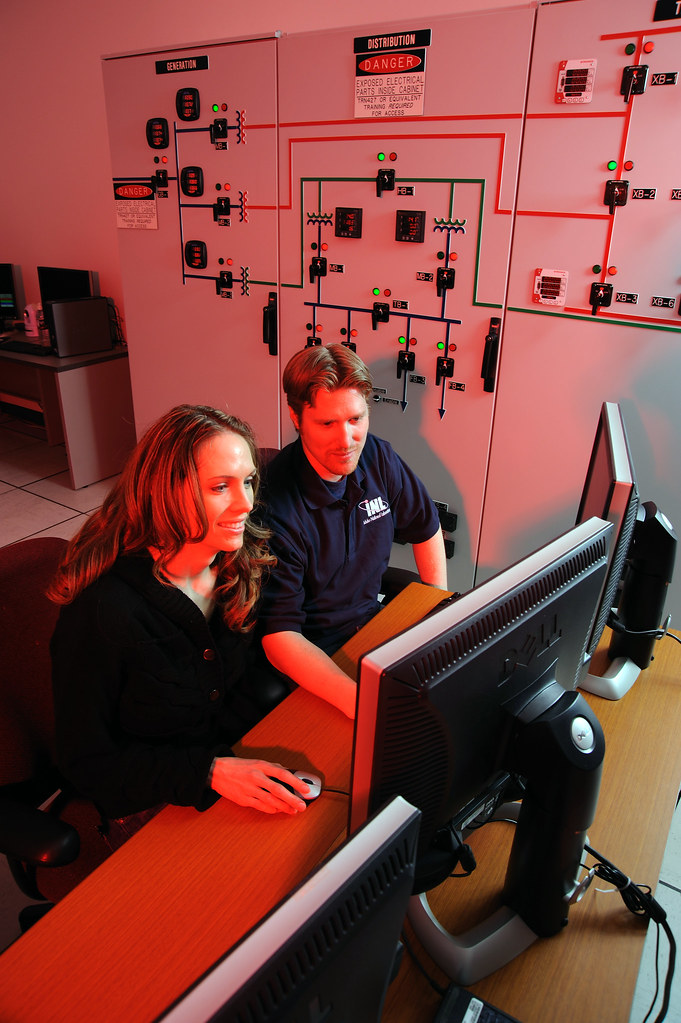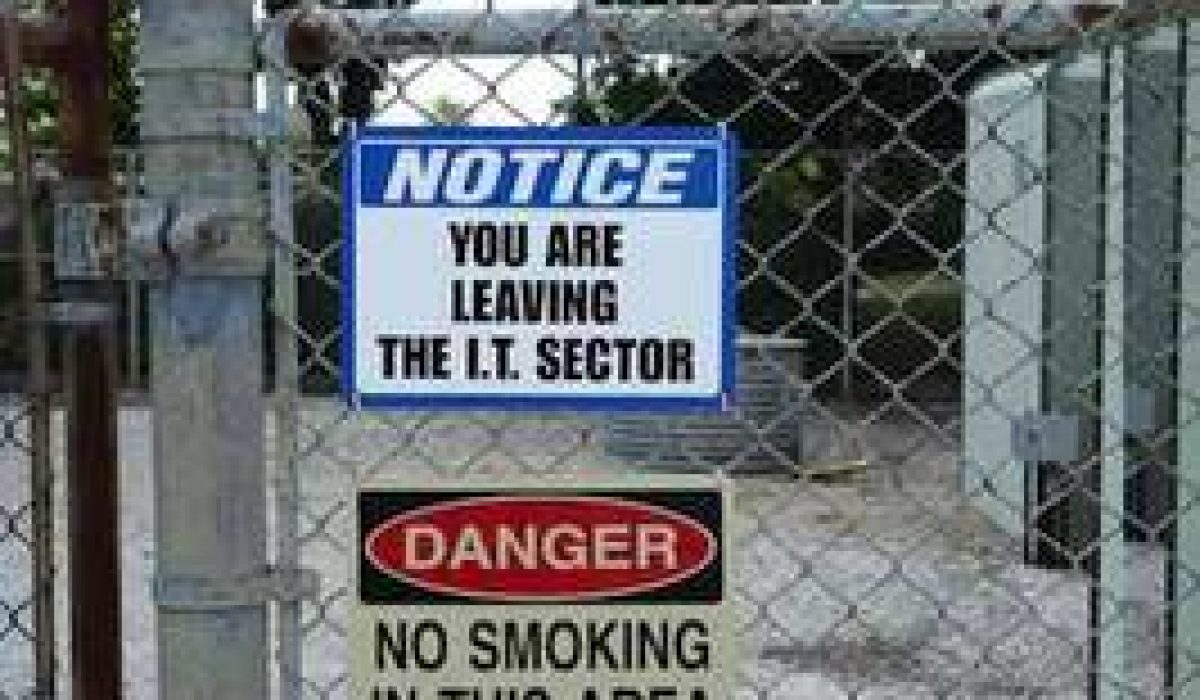
For a short time this week, the public was offered the chance to purchase Google Glass. These glasses have the ability to display information, like GPS, emails and weather, right in front of you without blocking vision. The price of $1,500 might seem like a lot for fancy glasses, but they quickly sold out. The world is paying attention, including the worlds of manufacturing, automation and integration.
Perhaps the idea of having a display in the corner of your eye seems superfluous for everyday life, but Google Glass could provide a great addition to safety within process plants. Plant engineers often work with delicate and hazardous machinery. Safety is a top priority because it would often be far too easy for something to go horribly wrong. There has been a lot of talk about mobile devices, such as tablets and smart phones, being used in manufacturing environments, but they still demand the attention of our hands.
The technology that could evolve out of Google Glass removes the need for hands, allowing a person to work with both while still reading information transmitted by the glasses. In a temperature sensitive environment, workers could always have the temperature displays before them. While performing time sensitive work, a time display could sit just on the edge of their vision in the glasses.
Following the tablets and smart phones that came before, it’s only a matter of time before technologies like Google Glass make their way into manufacturing and process plants. While the current model is a bit limited, with the potential to display only one set of information at a time, it’s not that much of a stretch to consider the possibility of safety glasses with displays. Removing the need for engineers to have to leave a task and check a display could even take a step beyond safety and establish a new standard for optimizing personnel within plants and process systems.

 The ability to procure sustainable value within a process system, boiler room or plant provides a huge advantage to business. By their very nature, these industries use up fuel and raw materials to create products and energy. The less material you need for any given process, the less you have to pay for. When it comes to the production of consumer goods, such as food products, using less material to create the same result means you can create more product.
The ability to procure sustainable value within a process system, boiler room or plant provides a huge advantage to business. By their very nature, these industries use up fuel and raw materials to create products and energy. The less material you need for any given process, the less you have to pay for. When it comes to the production of consumer goods, such as food products, using less material to create the same result means you can create more product.
